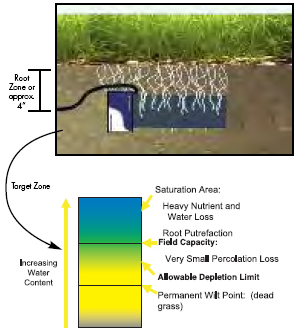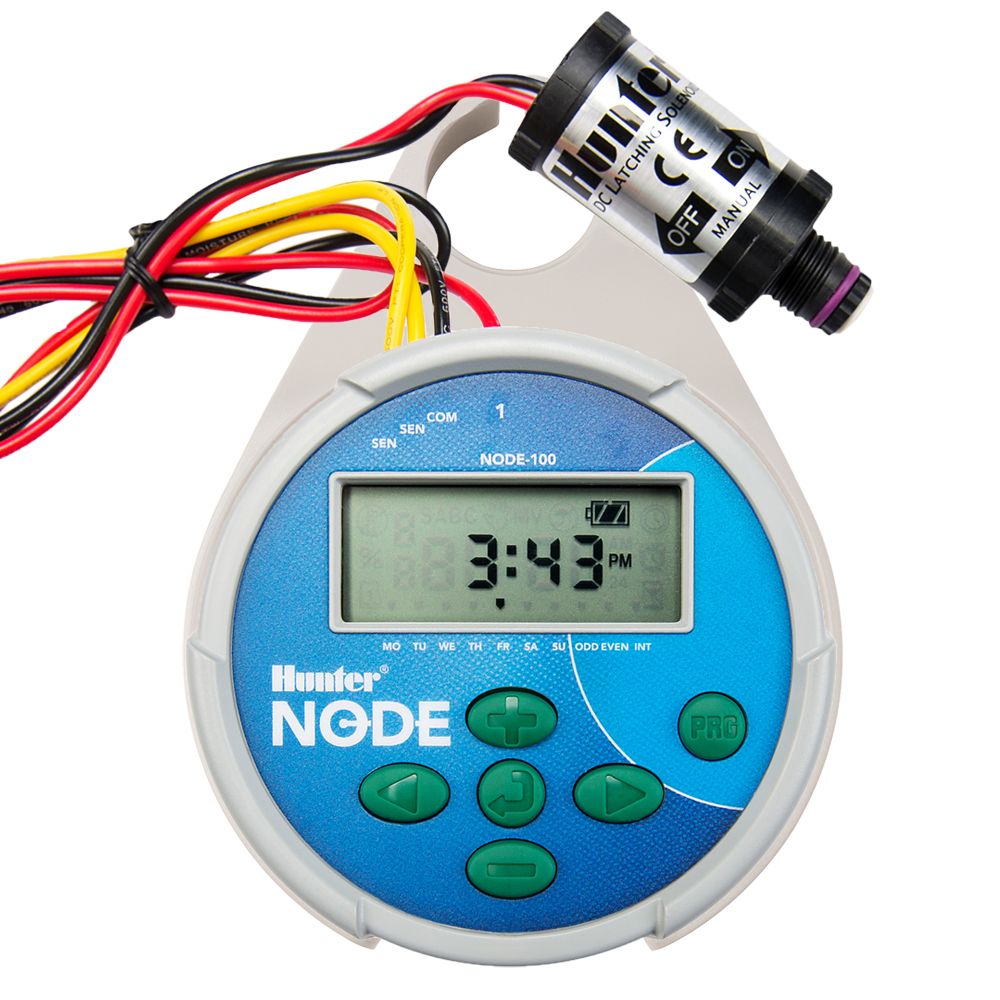What They Are and How They Are Useful to You
This article explains different kinds of irrigation sensors, including rain, freeze, and moister sensors. Today’s controllers can do a number of things: multiple programs and start times, rain delays, soak cycles, and more. They do it routinely, day in and day out, like nice little robots.
But what happens if the conditions change? What if you don’t need more water? A tropical storm comes through and drops six inches of rain and your system is still running? What if your grandma is showing her favorite ice hockey moves on your frozen driveway? Need more ice?
Sensors are the answer. A sensor will turn your system off when there has been enough rain, a freeze hits or if your soil just doesn’t need the water. This saves money on your water bill and, in the case of freezing, can prevent that lawsuit from when Grandma misses the goal and the puck flies across the ice into your neighbor’s window. Click here to shop for rain-freeze sensors, wind sensors, sun sensors, flow sensors and more!
Rain Sensors:
The simplest is the rain sensor. Easy to set, almost maintenance-free. The rain sensor connects to your controller, either in a direct wired or wireless connection, and stops irrigation after a certain amount of rain has fallen. You mount it in an open area, such as the eaves of your house. You determine the amount of rain that causes the shutdown, usually from 1/8 to 1. To set the sensor you simply turn the top to the proper setting. That’s it. Rain comes down, the sensor gets wet. When it gets wet enough it stops irrigation. Some rain sensors suspend irrigation immediately during rain events without the need for rainfall accumulation. It rains, they stop.
Rain/freeze sensor. A rain/freeze sensor handles rain just like the standard rain sensor, either on accumulation or immediately upon rainfall. They add the advantage of shutting irrigation down before the water sprays and icicles and ice patches form on your yard and drive. The most common sensors stop activity when the temperature reaches about 37 degrees. Some models let you choose the shut-off temperature, ranging from 35 to 45 degrees. The irrigation remains off until the temperature warms to above the freeze cut-off settings. The rain/freeze sensor looks pretty much like a standard rain sensor. Click here to shop for rain sensors.
Moister Sensors:
The moisture sensor is a different kind of creature. The moisture sensor is buried in the ground, not up high. It doesn’t care if it rains or freezes. All it cares about is keeping the correct amount of water in the soil. If the soil has sufficient moisture it interrupts the irrigation cycle. Too much water in the soil can be just as harmful as too little. The moisture sensor aims for the proper range of moisture. When the soil gets too dry it turns the cycle back on. With a direct read on soil moisture, you don’t worry about wasting water through unnecessary irrigation. Click here to shop for moister sensors.
With the proper sensors, you can save water and money by watering only when needed. You also decrease liability by preventing icicles and hazardous ice patches on the drive and walk. The only downside is that Grandma might be upset you took her ice rink away.

































